January 14, Sunday 2024, 7 am. 2024 numbers make me uneasy. Have I lived that long? From 1958? Anyway, time to get up. I’m proud to get up at 7 am on a Sunday. Normally my day starts at 8 am. Blue skies are whispering the promises of a sunny day. I like sunny days of a Japanese winter , not in the summer. Strange , when I was in Bangkok last month the temperature and humidity were similar to what we have around Tokyo in the summer. But I have never had any problem in Thailand coping with the local weather.In Japan I struggle to handle summers. It is a mystery for me.Why???
So back to today, I make my usual mix of a Ceylon tea with lemon and honey into a small thermos and stroll 10 minutes to the beach. Fuji views are great, no wind. Until 1 pm, as I checked. Good enough. The coast I live on is very windy, wind speeds of 40 kph or over are not unusual.
After exercising with a few stones on the beach I jump into the water. The air is 5 degrees C, but the water feels around 14. Well, kind of a “hot” bath. A few minutes is enough though …
I eat my avocado sandwich made at home, read a bit and head back home. There is an important task today. A local knife sharpener is having his pop up shop near my gym in Zushi. My knives suck, so I have to see him.
When I approach my building, I feel the excitement of a small crowd and the noise of a bigger one. What is going on?
Yajima-san ( one of my frequent “hello-to neighbors”) says this is a local mochitsuki festival. Please join.
What is mochitsuki?
The piece below is a courtesy of
https://sakura.co/blog/making-mochi/
Mochi is the general term for the soft dough made from glutinous rice called mochigome (meaning mochi rice). Commonly referred to as “sticky rice” or “sweet rice”, this type of rice has a higher amount of gluten which gives the dough its elasticity and bouncy texture. The night before production, the rice is rinsed and soaked to soften the grains. In the morning, the soaked rice is placed in square baskets called a seiro, which are stacked up over a kettle or vessel filled with piping hot water, to steam.
Once the rice is thoroughly steamed, it is put in a giant mortar called an usu which can be made of either wood, stone or concrete and the real hard work begins. Teams of 2 or 3 people pound the rice with a wooden mallet called a kine while another person slowly adds water and turns over the dough. They keep working away until the grains are no longer visible and the dough is smooth and shiny.
Well, it is 11 am, and I see huge bottles of sake. But it is MY community I seldom engage with on a such a broad scale.
“Ok, let me drop my bag”.
When I come down, Yajima-san is handing to me a cup full of sake. I’m already in a spirit. Why not to have some spirits?
After a few cups I’m invited to participate in the ceremony. Four of us dropping a wooden “kine”( hammer ) down hitting the soaked rice inside a large wooden basket.
“Ho-ho”, we move rhythmically.
I talk to many people around afterwards. Most of them had to do something with Australia in their previous lives . One guy was bowing to me saying how Aussie doctors helped his sister with a kidney transplant in Brisbane 20 years ago. At that time Japan did not have such technology.
“She is still alive and 97, I love Australian people.”
Another guy was doing long bike rides around Aus. One lady worked as an accountant in North Sydney and of course many went to their honeymoons in Cairns or Gold Coast. So, suddenly I became a center of attention.
“How long do you live here?”
“Where did you learn Japanese?”
“How old are you ? “
I immediately liked this crowd, many of them never caring about wearing a suit, having their own small business and combining it with different water sports and focusing on their families. In Japan 34% of people below 50 never had a relationship , according to a recent article in Japan Times.
Contrary to that “trend”, demolition worker Konno-san is admiring his 10 year old son who is happily showing off his gymnastics techniques next to us. I know the boy and suggested that he joins karate, as he is so flexible. Konno also has one more son and a daughter. “Three kids is a good balance”, I say. “Exactly “, he nods.
Wrinkled, sun tanned faces, camaraderie after a few drinks, go easy, - this is a simple rural Japan.
I am approaching Tanaka-san, the head of the local community group ( “Cho Naikai Kaicho” - village chief). He moves smoothly and confidently. May be former company CEO or similar, my take.
“Do you read kanji?” - “No problem.”
“Are you ok to be member of the village committee?” - Sure, why not.
“Ok, I will send you a letter. Annual fees are 1800 yen though.”
I smile. “ I’m still working “.
The party wraps up at around 1 pm, people returning home with kids or continuing boozing up elsewhere. I think I can make to my knife shop today.
I sometimes read articles about many foreigners having lived in Japan and returning home for a different reasons. I would only return for one reason: I don’t like my building shaking when I am sleeping. But it is my home now. I have an emergency backpack with everything necessary for an earthquake near the door. And when I go to sleep, like we learnt in the Navy, I position my clothes so that I’m ready to abandon my apartment within 1 minute ( Navy was around 46 seconds as far as I remember). Otherwise, in my 30 years of coming to Japan and living there I have never experienced any “foreigner “ hostility. I feel warm. Even it is winter, and a very cold wind ( after 1 pm) is insisting that “I am a winter”. But I’m warm and cozy in my body and in my mind. What else do you need in this life?
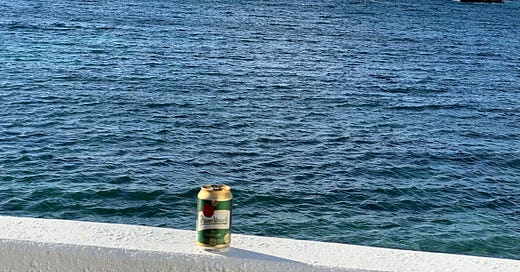



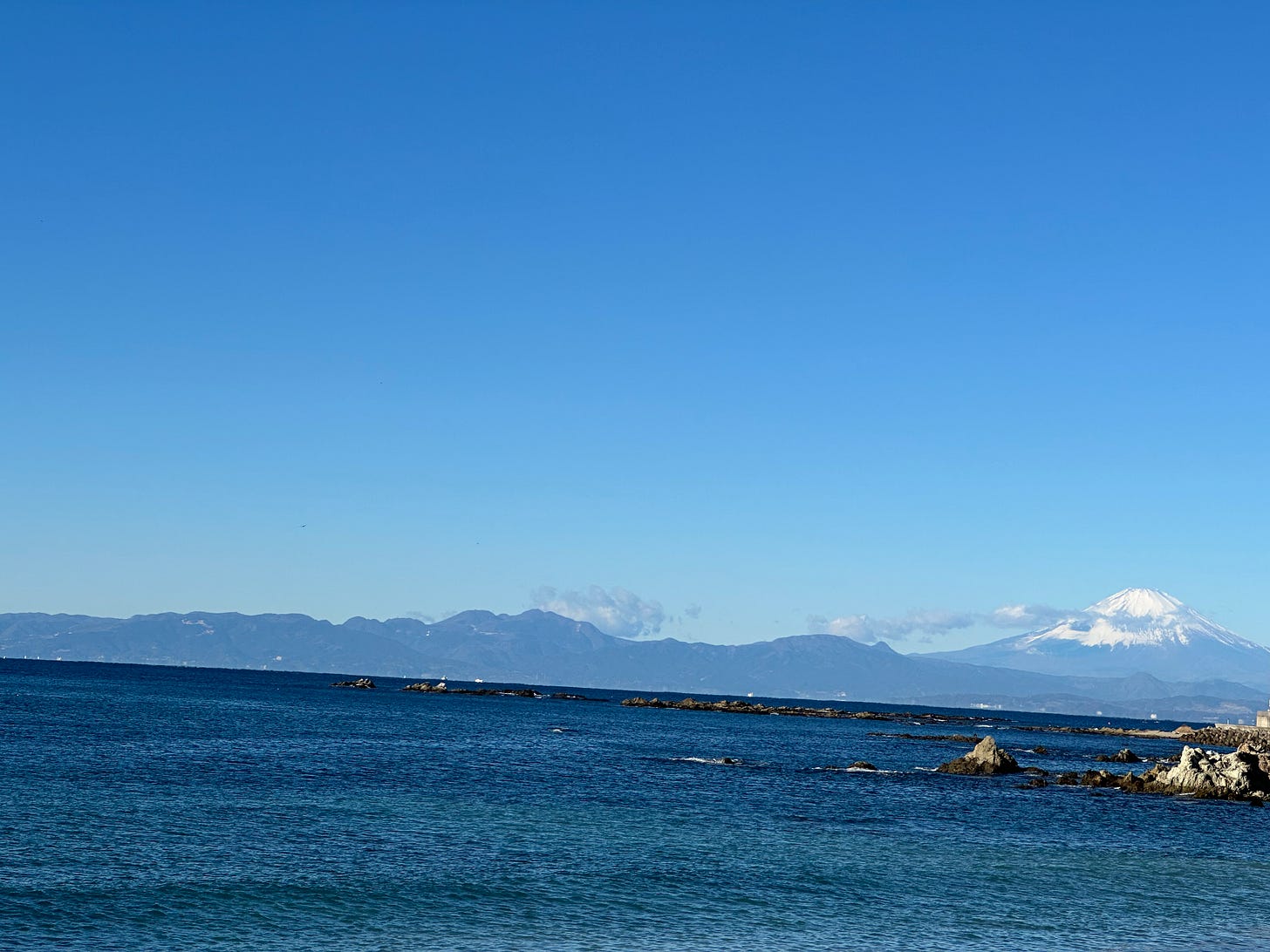
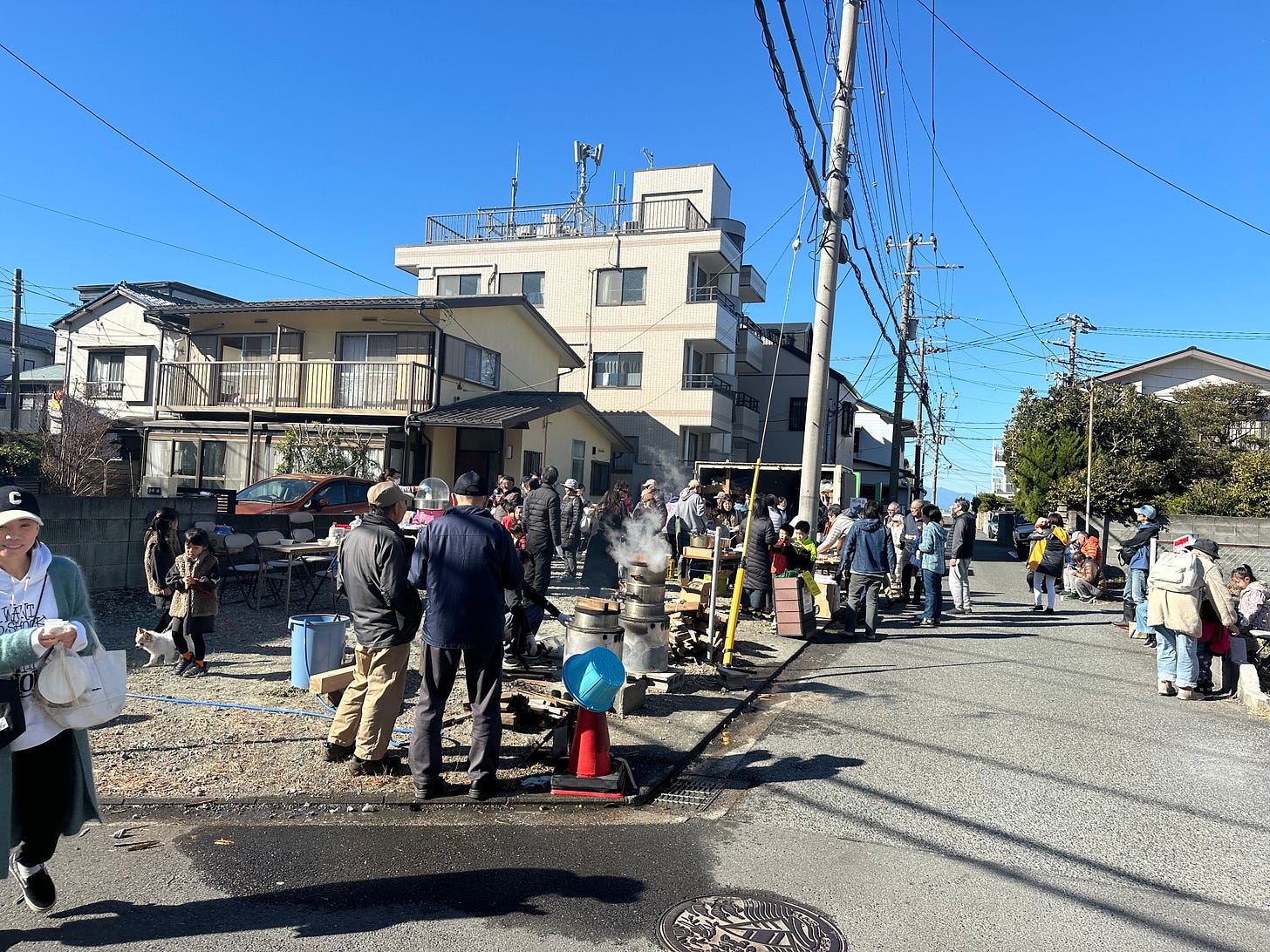
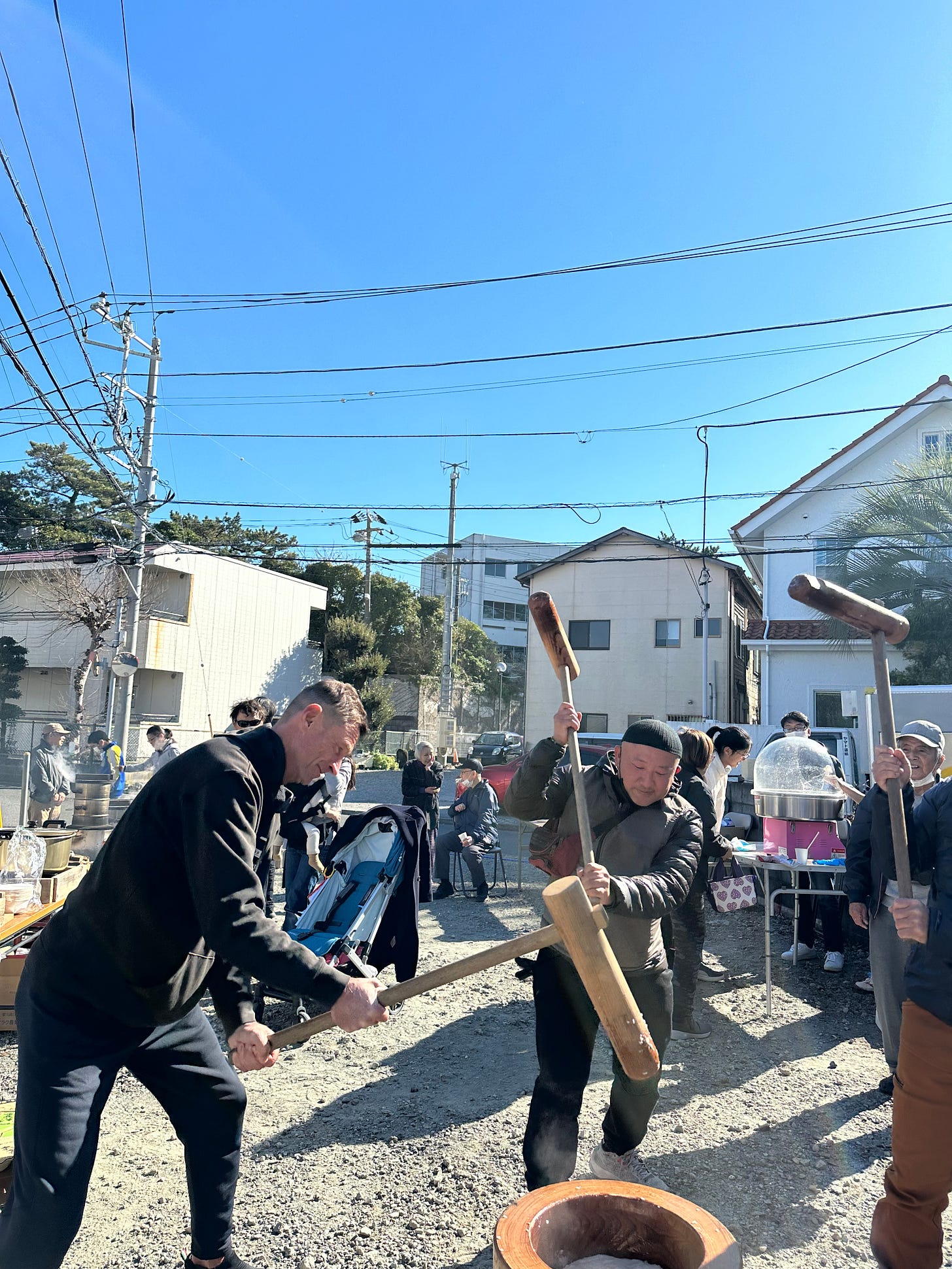
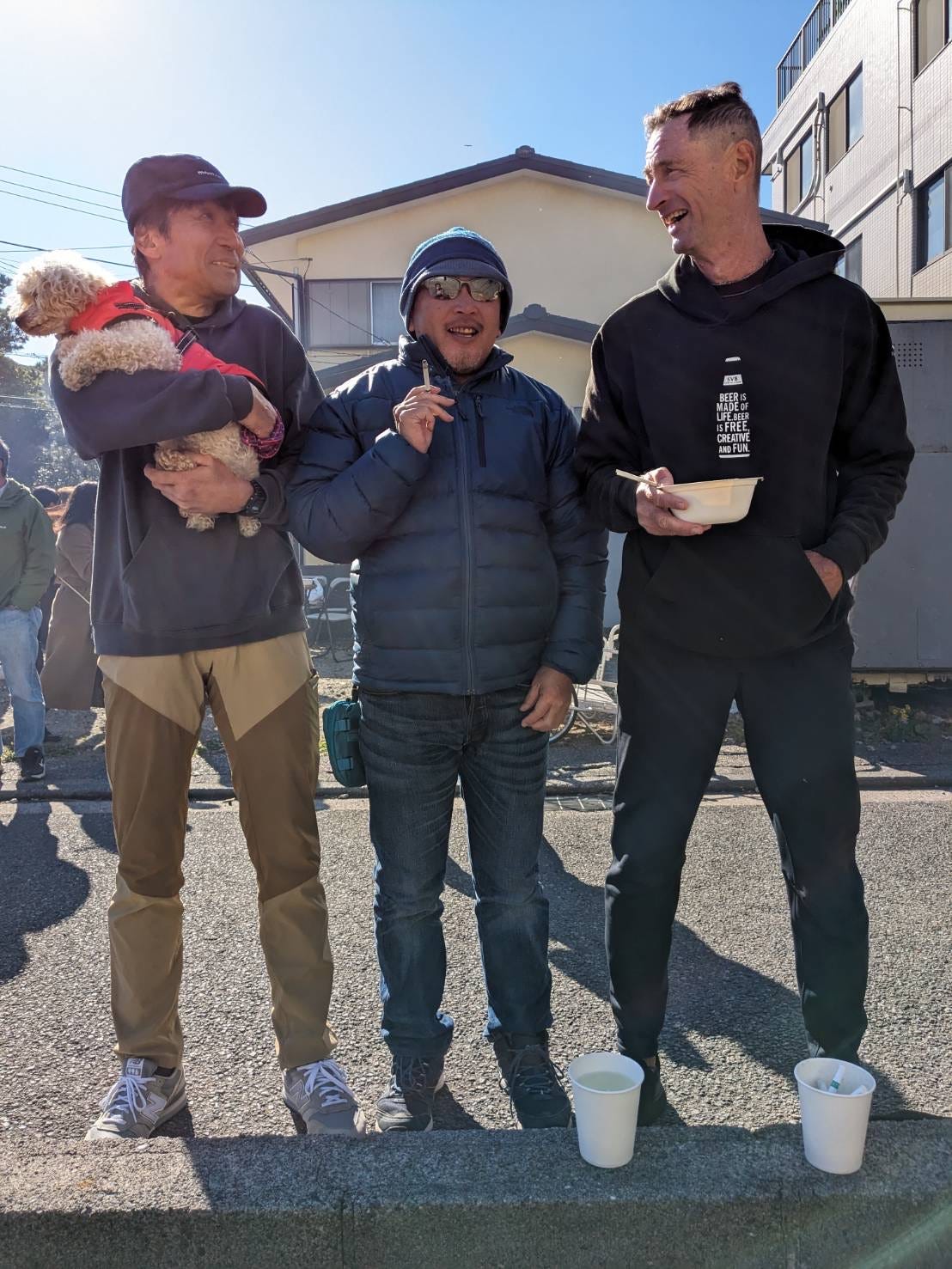
Fabulous account, and, as you say, what more do you need in this life !